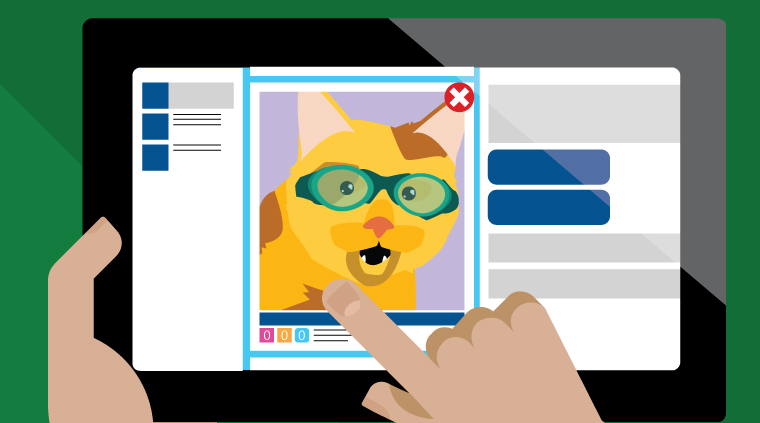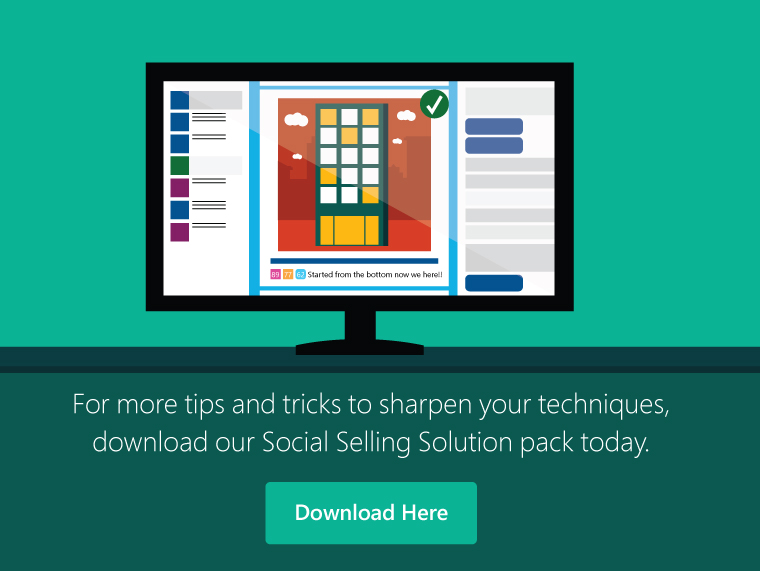
Unpacking social selling: how to avoid the common mistakes
When social goes wrong, boy, does it go wrong. We’ve seen hundreds of corporate horror stories about poorly timed posts, misspellings, misunderstandings, and more, and we’re here to help you avoid them.
Typically, when an individual missteps on social media, some stranger points it out and we feel mildly embarrassed, but as a brand, those mistakes are canonized—screenshotted and stored for blogs and image sharing sites to post, repost, and re-repost for weeks to come. Some social strategies fail because of neglect, some out of ignorance, but here are three things to avoid to make sure your social selling strategy doesn’t crash and burn.
1. Consistency is key
Abandoned social media campaigns are nothing new. It’s understandable—social can take a long time, and when that hilarious cat photo doesn’t do well, or your meticulously crafted tweet gets buried, it’s easy to walk away and write it off as a waste.

Like any skill, the key to social selling is finding a rhythm. You can’t post sporadically and expect to see a huge return. Find a time that works best, and commit to releasing content every day at that time. Then, expand to that time and another, then another (just don’t over do it).
2. Be humble
There’s no shame in self-promotion. You represent a brand, so it makes sense to post about your latest offer, but recognize when too much is too much—particularly when it comes to social selling. If 60% of your social content is product-centric, it might be worth working in some new material. Your audience is certainly interested in your service, but the power in social media comes in the deeper relationships you can build through more candid interactions.
Post pictures of your latest hires, create a photo essay of a team exercise, take your audience into the culture that makes your organization special.

3. Know your meme
It hurts to watch an organization try to adopt the latest fad and fall flat in the process. While it certainly pays to keep your pulse on the latest trends and pop culture points, make sure you understand what something is and where it came from. The internet can be a dark place, and it’s not unheard of for people to unwittingly adopt a meme, a photo, or a campaign that comes with baggage that misrepresents their brand.
That said, it’s also important to recognize the values and interests of your target audience and what is or isn’t appropriate on your given platform.
With a global audience and unique brand voice, social selling is a great way to reach your market and differentiate your brand. For more do’s (and don’ts) of social selling, download our latest content pack today.
Related Content
Download our Social Selling Solution resource pack
Learn more about Boosting Social Selling and Revamping Social Selling.





